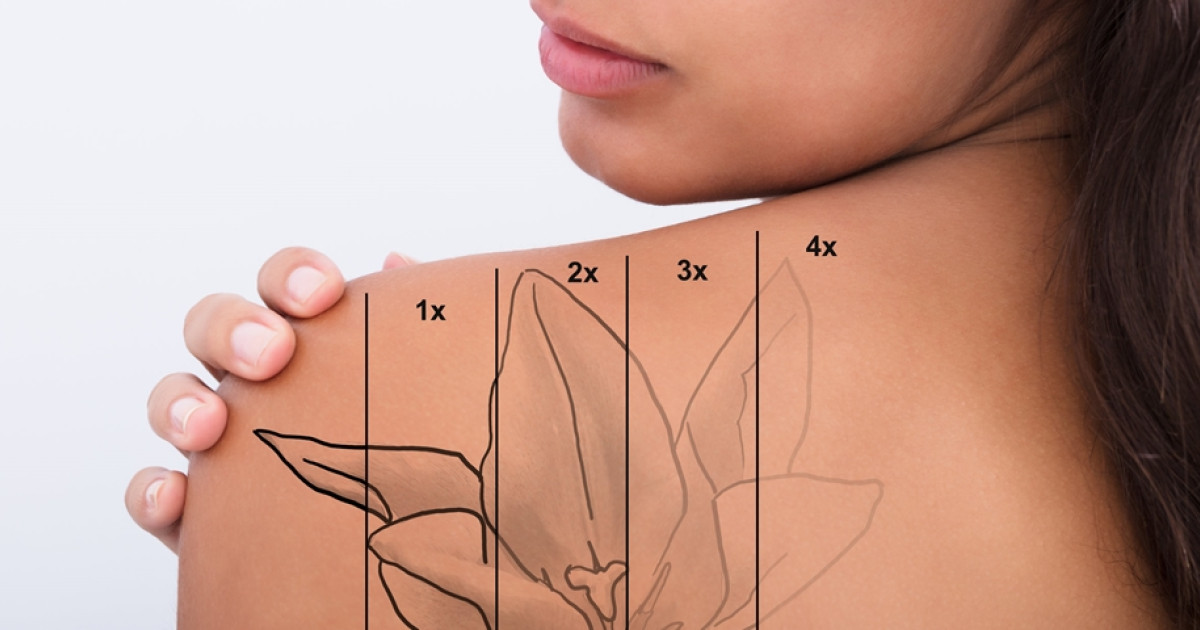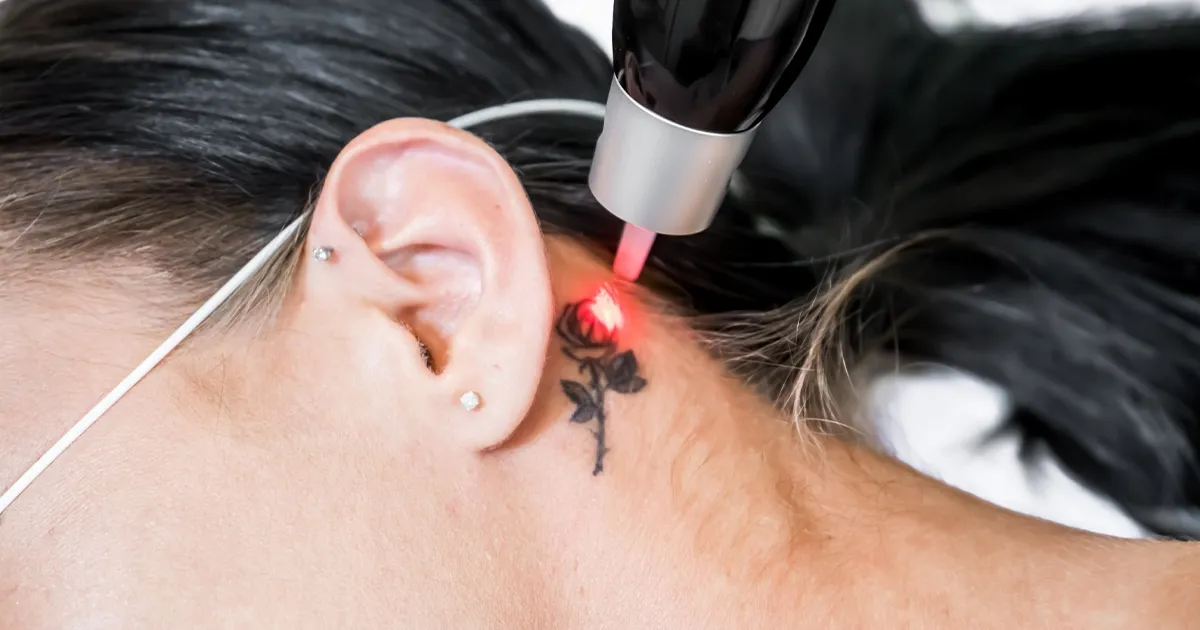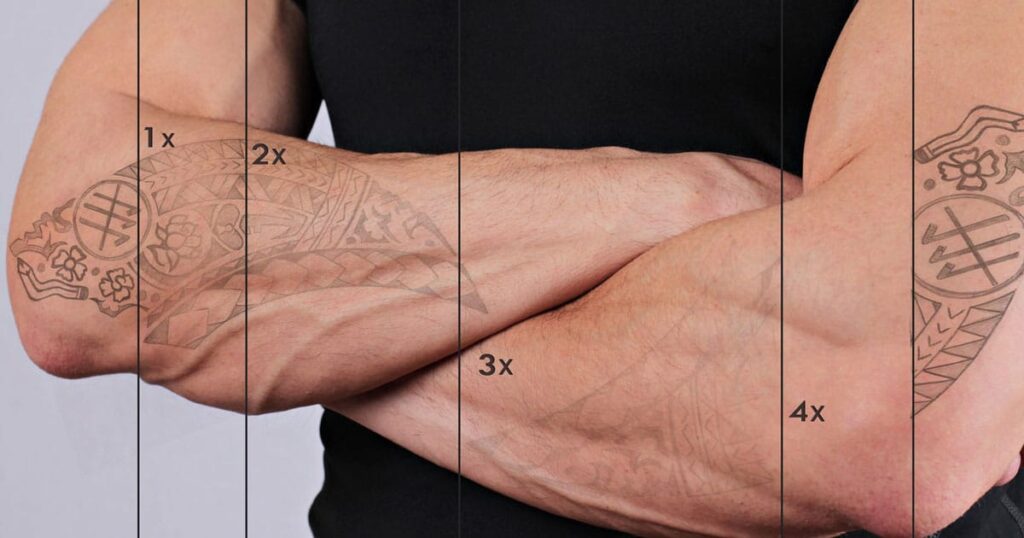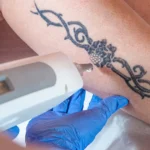Removing a tattoo is not as simple as just erasing ink from your skin. The tattoo removal cost can vary significantly depending on several factors, and understanding the breakdown can help you make an informed decision. In this article, we’ll walk you through the unexpected costs associated with tattoo removal that you may not have anticipated.
Table of Contents
Toggle1. Initial Consultation Fees
Most tattoo removal clinics charge a consultation fee before starting the treatment. This initial visit is essential for assessing the tattoo’s size, location, and type, which directly impacts the removal process. Expect to pay between $50 to $150 for this consultation, depending on the clinic’s location and expertise.
2. Per Session Cost
The biggest part of the tattoo removal cost is the price per session. The cost typically ranges from $200 to $500 per session. The total number of sessions required depends on the tattoo’s size, color, and the depth of the ink, which can vary from 5 to 15 sessions for a complete removal. Lighter tattoos may require fewer sessions, while dark or large tattoos could take longer.
3. Additional Treatment Areas
Some tattoos, especially those covering larger areas, may require multiple treatment spots to be targeted for removal. If your tattoo extends to multiple parts of your body, you might face additional charges for each section. This can add up to $100 to $200 extra per area.

4. Laser Technology
The type of laser used for tattoo removal can affect the overall cost. Clinics with advanced equipment like PicoSure or Q-switched lasers may charge a premium price for the sessions. These advanced lasers tend to be more efficient and less painful but come with a higher cost, sometimes adding $50 to $150 per session.
5. Pain Management and Aftercare
Many people don’t expect to pay for pain management and aftercare, but these costs are crucial to consider. Some clinics offer numbing creams, local anesthetics, or even sedation to help manage the discomfort during treatment. Pain management costs can range from $50 to $300, depending on the methods used.
Aftercare products like ointments and bandages also add to the cost, with prices typically ranging from $20 to $50 for each treatment cycle. These products help speed up the healing process and reduce the risk of infection.
6. Touch-Up Sessions
In some cases, even after the primary removal sessions, you might require a touch-up treatment to fully remove stubborn ink, particularly with colored tattoos. Touch-ups can add an additional $100 to $300 per session to your total bill.

7. Geographic Location
The location of the clinic plays a significant role in determining the cost of tattoo removal. Urban areas with high demand and specialized clinics tend to charge more than those in smaller towns. You can expect to pay 20%-30% more in large cities like Los Angeles or New York compared to smaller cities.
8. Payment Plans
While tattoo removal can be expensive, many clinics offer payment plans to help manage the costs. These plans may allow you to break down the payments over several months, making it easier to afford. Be sure to ask about financing options when you first consult the clinic.
Conclusion: The Hidden Costs of Tattoo Removal
While the initial cost of tattoo removal might be what you expect, the unexpected charges — like consultation fees, advanced laser technology, pain management, and aftercare — can quickly add up. Always research and ask for a breakdown of costs before committing to treatment. Knowing what you’re paying for at each step can help you budget effectively and avoid any surprises along the way.



